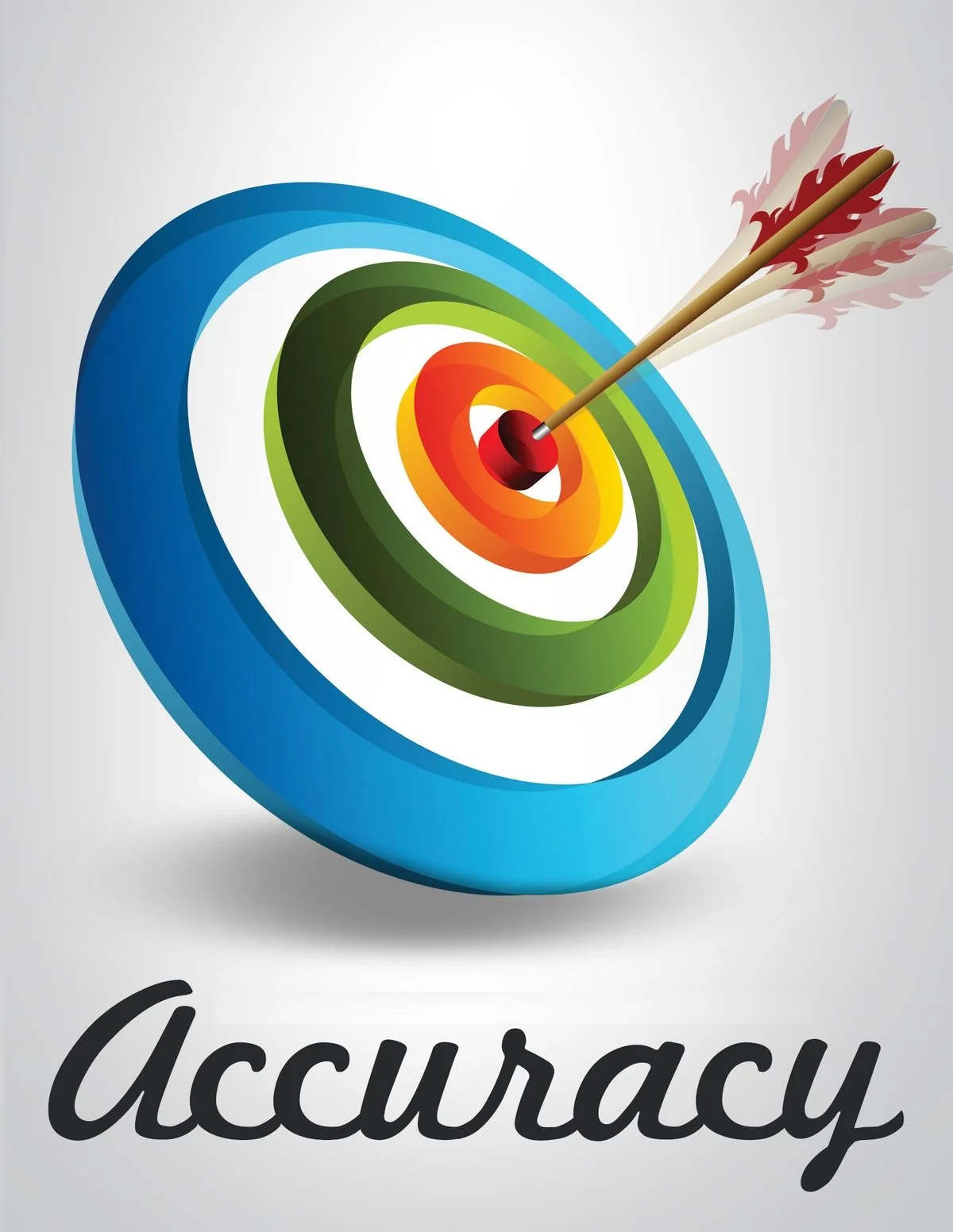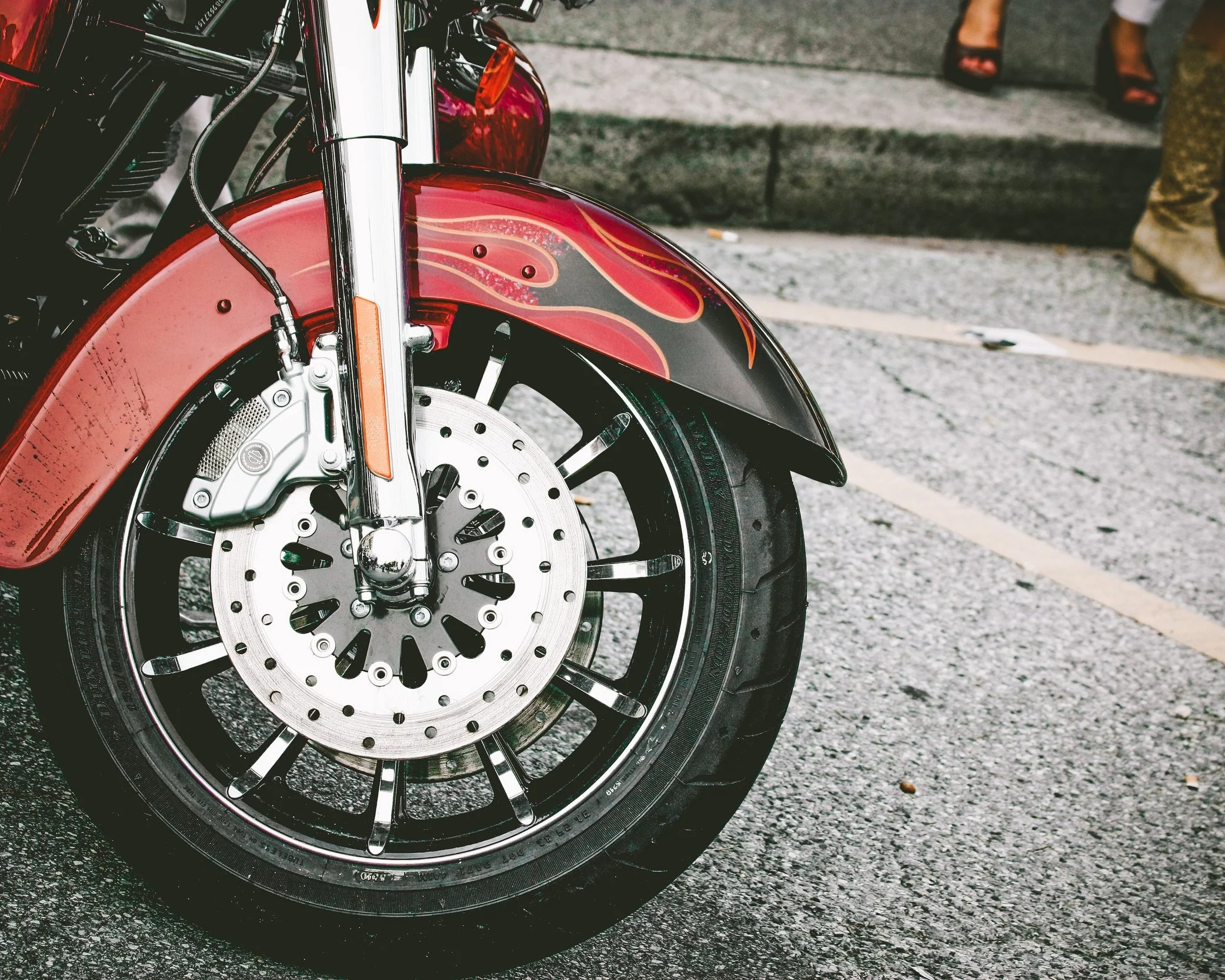Creating Efficiencies in Aerospace Manufacturing
According to Wikipedia,
“…a blended wing body (BWB) is a fixed-wing aircraft having no clear dividing line between the wings and the main body of the craft. Instead, the aircraft has distinct wing and body structures which are smoothly blended together.”
The main advantage of the BWB form is that it allows the entire craft to generate lift. This reduces the size and aerodynamic drag caused by the wings. The result is an aircraft that is roughly 50% more fuel-efficient and that generates a fraction of the noise associated with take-off and landing.
With recent advances in high strength/low weight materials, aircraft manufacturers and research facilities are actively experimenting with the BWB design concept. This shape is being considered for everything from UAVs, to all-electric commuter crafts, and even for large scale commercial passenger planes (reference link).
How does Digital Patterning assist in BWB design and manufacturing?
In addition to the unique body and wing configuration, these designs also share specific manufacturing requirements. The “blended” aspect of the aircraft form dictates the use of complex curved surfaces. The process to fabricate these 3D designs typically begins with the creation of 2D patterns which are then cut and sewn (in the case of inflatables) or laid-up in molds (composite aircrafts).
There’s no way to create a Blended Wing Body design without the use of complex 3D shapes. The challenge is that there’s also no way to manufacture the aircraft without 2D patterns.
Figure 2. Concept designs are completed in 3D CAD. Here, the complex curved surfaces are formed, performance characteristics of the aircraft are validated, and renderings which communicate the design to the rest of the team/clients are generated.
Speed of pattern making, and the accuracy of the patterns has a significant impact on the efficiency of the manufacturing process. Digital Patterning provides the only practical way to quickly convert 3D designs into accurate, production-ready 2D patterns.
Understanding the Digital Patterning Path to Success
The digital patterning process fills the gap between 3D CAD design and the automated manufacturing approaches. Both of which have already been broadly adopted in aerospace design and manufacturing. The overall process from Start to Finish is summarized as follows:
Start the process by defining the 3D design and cut lines
Widely available 3D CAD modeling software is used to capture the design details, to conduct performance and structural analysis, and to create renderings for approvals. After that, production cut lines and other pattern piece details are defined using the surface split and merge tools in the 3D CAD software.
Figure 3. In the pre-production process, the 3D model is segmented into 3D "pieces" and/or composite ply layers. Utilizing the 3D master model for this step ensures that potential changes in the design translate directly to the production materials.
Next, Convert the 3D design into 2D pattern pieces
Using the ExactFlat digital patterning features, designers and/or production engineers generate the patterns, a crucial component in the production process. ExactFlat helps the team reduce costs by providing access to time saving patterning making capabilities such as:
Actual material properties to ensure accurate simulation of the fabric unfolding behavior
Specific tools for precise definition of composite fiber orientation
Fit validation displays that allow the design team to identify and correct issues before any expensive materials are cut
Figure 4. Once the 3D pieces are defined, digital patterning software converts the 3D model into 2D patterns in minutes. The software also incorporates strain displays. These help designers identify and address fit problems before they happen.
Finish the job using cost-effective production best practices
Add production information such as seam allowance/material salvage or hardware connections within the 2D patterning application. For the final step in the process, streamline production and virtually eliminate errors by transferring the digital pattern data directly to the automated cutting equipment.
Learn more
Advanced aircraft design and manufacturing takes advantage of the latest 3D CAD and automated fabrication technologies. Digital Patterning solutions fill the gap between these tools, bringing additional efficiencies to the process.
Click on the link below to contact us. We’ll arrange a meeting where you can gain a better understanding of the impact that digital patterning can have on your process.













